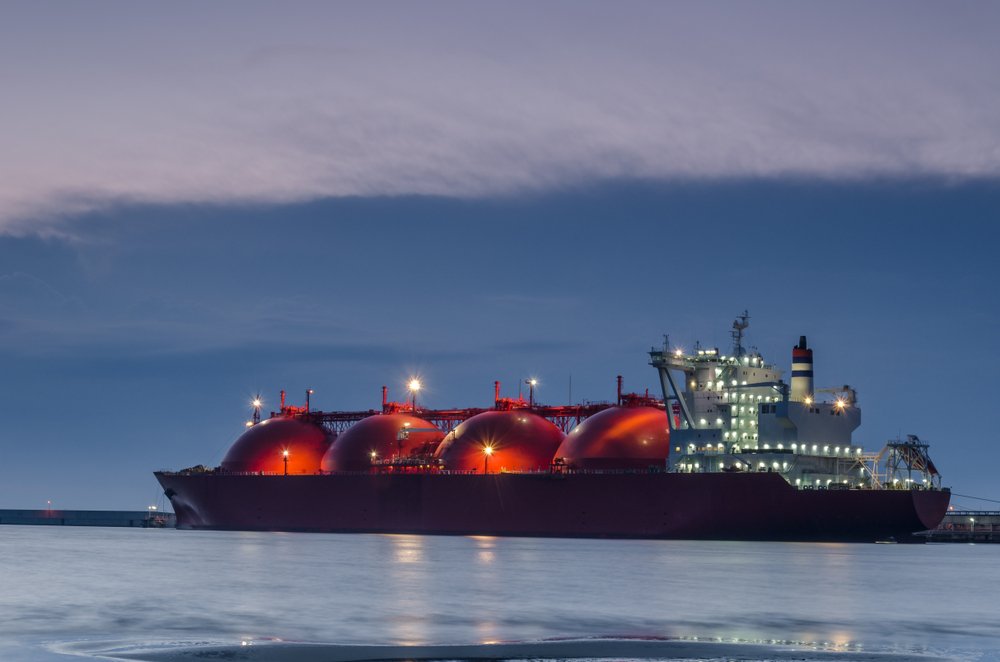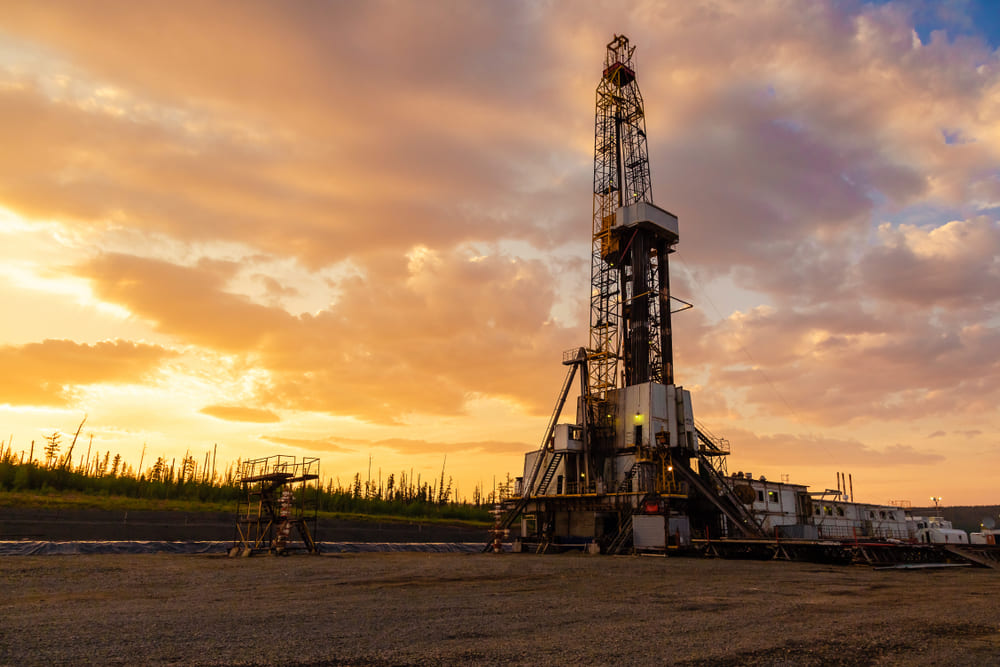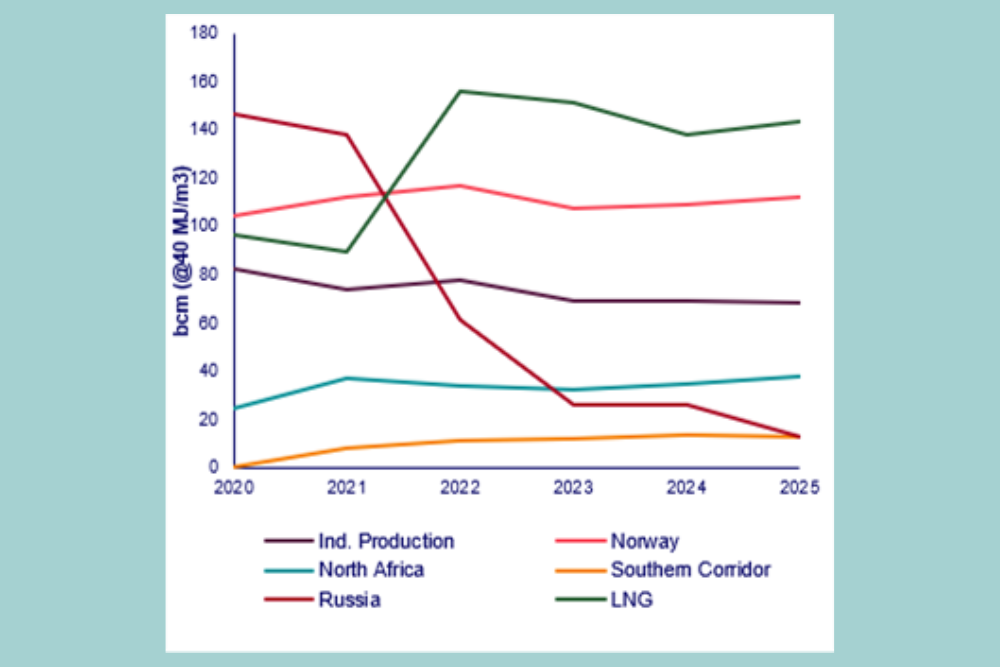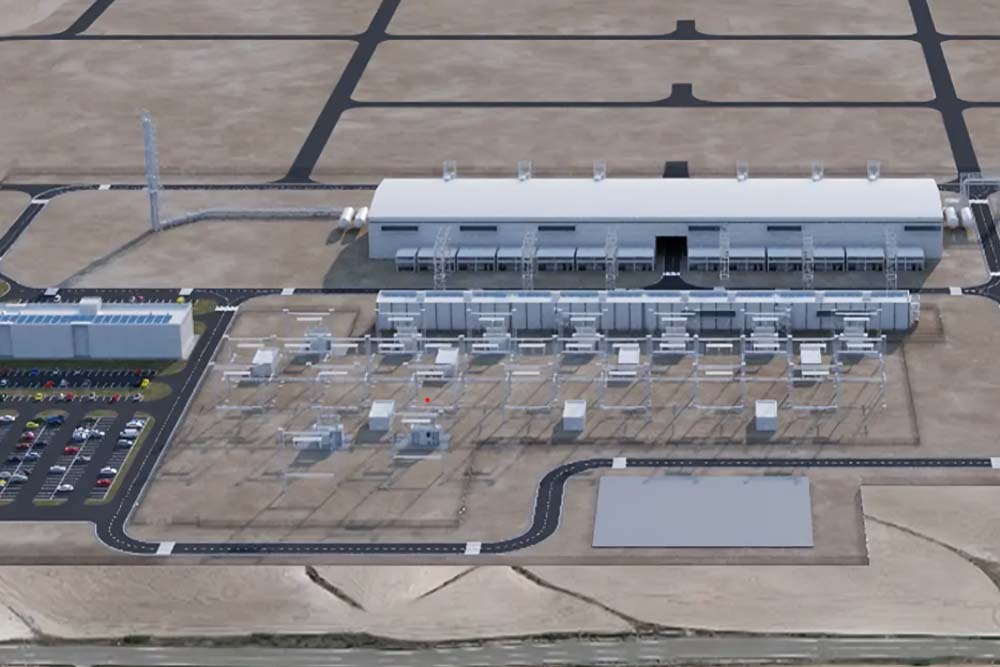
A new report by the Gas Exporting Countries Forum explores the trends and drivers of carbon prices and how they impact natural gas demand, particularly in the power sector. While the future of carbon pricing is uncertain, a recent uptick in the market with record high prices makes it imperative to dig deeper into the potential impact on natural gas exporters.
The European Union Emissions Trading System (EU ETS) is the foundation on which the EU has set out to achieve its climate change goals. It covers about 40 per cent of EU’s greenhouse gas (GHG) emissions from the power, manufacturing, and aviation sectors and functions in all 27 EU member states plus Iceland, Liechtenstein, and Norway.
The concept of carbon pricing as a strategy to curb emissions has been around for decades, but it has recently picked up momentum in light of EU’s aggressive climate change goals to raise the 2030 emissions reduction target from 40 to 55 per cent (compared to 1990 levels) in its drive towards carbon neutrality by 2050.
In 2021 thus far, record-high EU carbon prices have been recorded, and as gas demand continues to recover, there is great potential for coal-to-gas switching. However, the market has also seen a very strong recovery in gas prices, which can potentially limit the magnitude and pace of coal-to-gas switching and thus reduce gas demand.
At the moment, the market awaits additional policy announcements from the European Commission (EC) for its ‘Fit for 55’ package on 14 July 2021, which is expected to widen the scope of emissions to include those from the maritime, transport and building sectors. These reforms are expected to tighten the carbon market. The third trading phase was characterised by intense coal-to-gas switching and higher renewable capacity. In this fourth trading phase, one can expect to see strong carbon pricing, however, there is still great uncertainty surrounding the level of carbon prices which will be highly dependent on any new EU ETS policies as well as the ramp up of economic activity and demand in the power sector.
Furthermore, the EC is also expected to propose a new regulation to establish a Carbon Border Adjustment Mechanism (CBAM), which aims to regulate GHG emissions by imposing a carbon emissions cost on certain imported goods in order to prevent the risk of carbon leakage.
The CBAM is expected to apply to some goods in the following segments: cement, electricity, fertilisers, iron and steel, and aluminium. This regulation may start from 2023 with full implementation from 2026.
Importers will be required to provide data on these outlined imported goods and buy digital certificates (each one representing one tonne of CO2 emissions embedded in the good) to cover the calculated CO2 emissions of the good. Some countries, including less developed countries and those with similar carbon pricing mechanisms to Europe, may be exempted from the levy.
In relation to the future of carbon markets globally, the China ETS is poised to surpass Europe to become the largest carbon market in the world, with carbon allowances of nearly four billion tonnes. China launched its national carbon emissions trading scheme in January 2021. It is one of the key instruments needed to meet its enhanced climate change goals to peak carbon dioxide emissions by 2030 and achieve carbon neutrality by 2060.
The China ETS will start trading later in June 2021 and its implementation will begin in the power sector, with 2,225 power plants whose historical annual emissions exceed 26,000 tonnes of CO2 equivalent. The China ETS will differ from the EU ETS in that there is no emissions cap, but rather a rate-based allocation mechanism, which will vary according to plants production levels.
In the first instance, entities will receive free allowances in proportion to their production levels. If they are able to reduce emissions beyond the applicable benchmark, then they can have surplus allowances. There are four distinct benchmarks namely: conventional coal plants below 300MW, conventional coal plants above 300MW, unconventional coal, and natural gas. Based on this design, China’s ETS would encourage coal power plants to improve efficiency and implement carbon capture, utilisation and storage (CCUS) technologies. However, the impact on coal-to-gas switching would be limited, as fuel-switching may not necessarily be economically feasible due to the multiple benchmarks.
Globally, there are existing emissions trading schemes and carbon taxes in over 60 countries. Government policies and regulations in this area are expected to continue to evolve and become more widespread as the world makes strides towards the energy transition. Such policies will incentivise the development of low carbon technologies and support the overall decarbonisation of the gas industry.








